The Order Of The Dragon: An Ancient Society Dracula's Father Belonged To
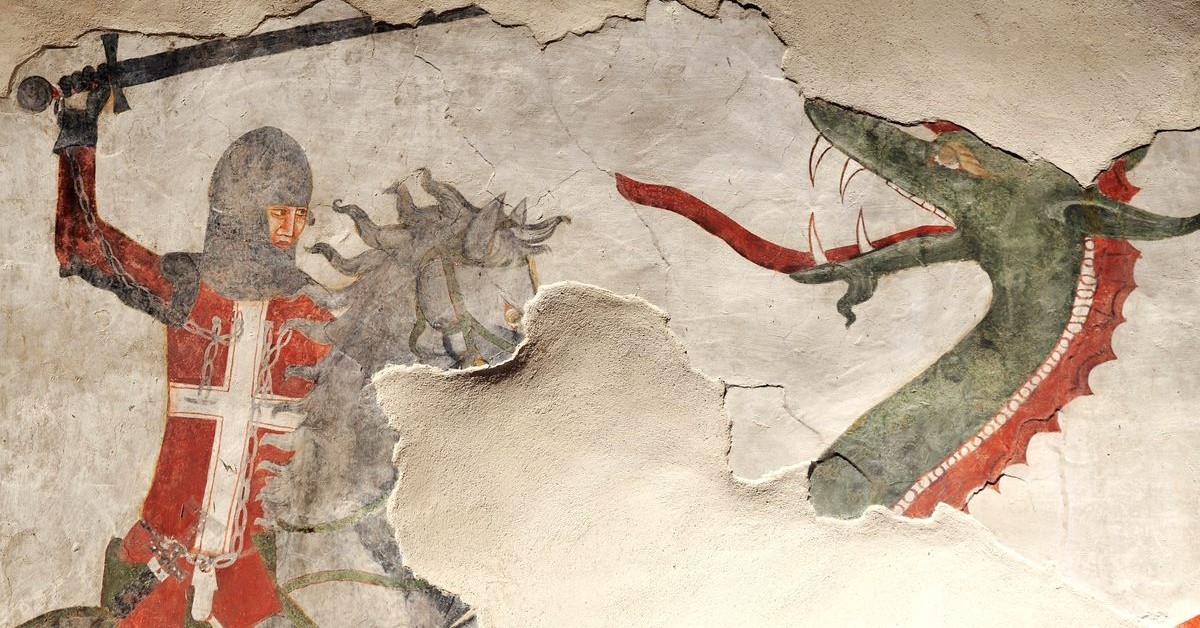
Saint George on horseback fighting against the Dragon in a fresco inside the castle of Sabbionara, Avio, Lagarina Valley, Trentino-Alto Adige, Italy, 12th century. (Getty Images)
Medieval Europe was lousy with chivalric orders, bands of knights, and noblemen who lived by a set of self-imposed, righteous rules. The members of these orders sought to conduct themselves in a morally superior manner while acting as bodyguards for Christianity. One such order was the Order of the Dragon, a group that, on the surface, looked like every other chivalric order, but upon closer inspection, it may not have been as upstanding as it appeared.
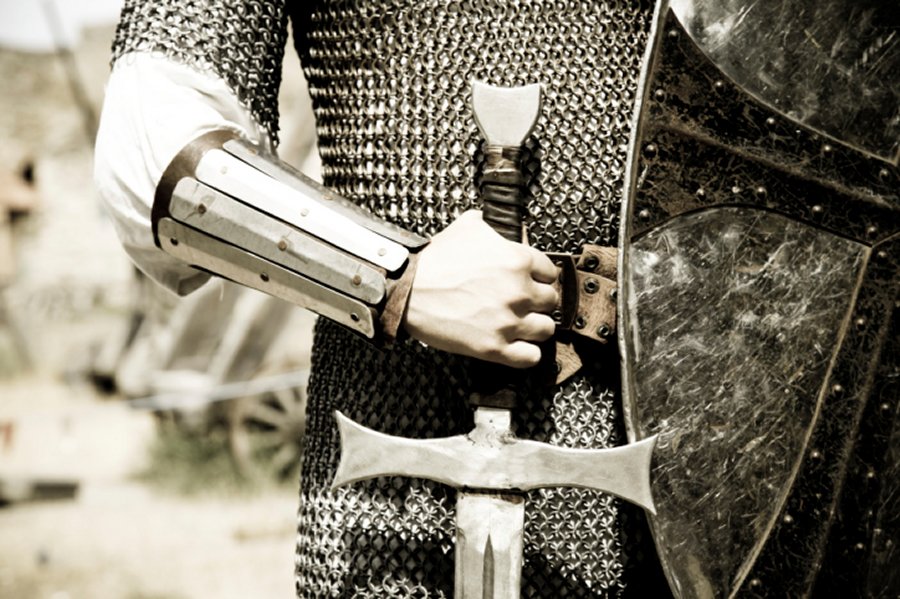
What Were Chivalric Orders?
Chivalric orders were patterned after the Crusaders, the medieval knights who invaded the Holy Land in search of religious relics between 1099 and 1291, who developed codes of conduct that they pledged to live by. Honor, fairness, chastity, and truth were among the guiding principles of chivalry.
The original chivalric orders were intended to defend the faith, either by securing holy relics, protecting religious pilgrims, or guarding the Pope. By the 15th century, however, chivalric orders became less concerned with protecting the church and set their sights instead on royalty. This is where the Order of the Dragon comes in.

The Order Of The Dragon
The Order of the Dragon—or Drachenorden, as it was called in German—was formed in 1408 and modeled after the Order of Saint George, which was founded a century earlier. It was the brainchild of the king of Hungary, Sigismund of Luxembourg, intended to serve as a protection unit for him, his wife, and the rest of the royal family. At the time of its founding, 24 knights were inducted into the order, including the future King Alfonso of Aragon and Naples. Sigismund was later appointed the Holy Roman Emperor, thus elevating the status of the order.

Expanding The Order For Political Gain
Although the chivalric order ostensibly stood for God and grace, Sigismund had other ideas. In 1431, he invited a number of regional princes and noblemen to a meeting in Nuremberg where they would be initiated into his Order of the Dragon, believing it would earn him the men's loyalty and allegiance. Among those inducted into the Order of the Dragon at that time was a young prince named Vlad, heir to the principality of Wallachia in what is now part of Romania. Around the same year, he fathered a son who would become known as Vlad the Impaler, the inspiration for Dracula.
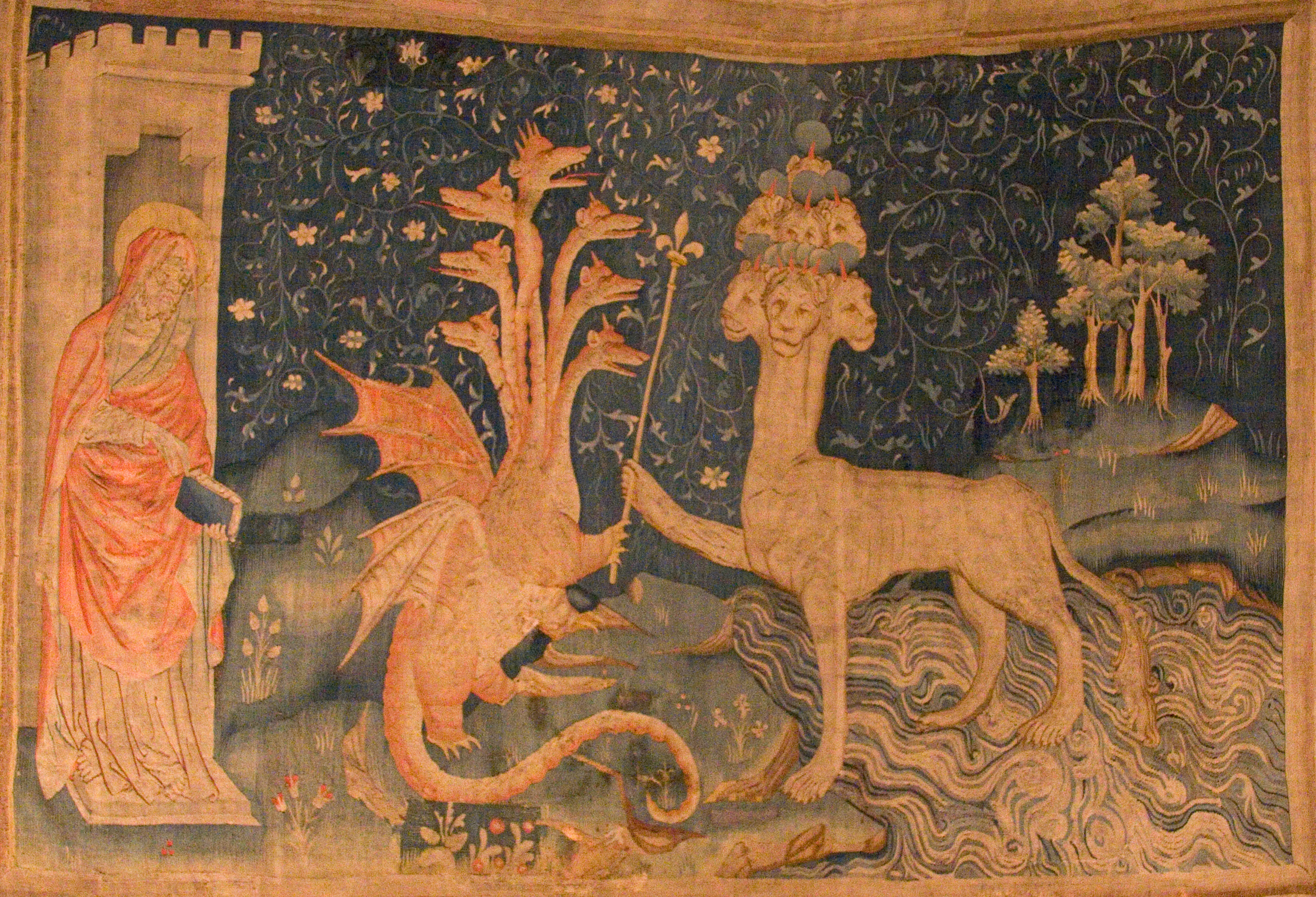
Vlad's Dad
Joining the Order of the Dragon turned out to be a very wise move for Vlad II, or Vlad Dracul, a name he started using shortly thereafter that translates to "Vlad the Dragon." He was actually the illegitimate son of Mircea I of Wallachia, and as such, never intended to rule it or any other region. However, as a way of honoring his alliance and brotherhood in the Order of the Dragon, Sigismund helped to instate him as king of the principality following the deaths of his father and half-brothers. In fact, Sigismund helped him to seize power over the adjacent Transylvania as well. Vlad II was infinitely proud of his membership in the Order of the Dragon, going so far as to use its winged dragon emblem on the coins he minted for his kingdom in addition to the name change.
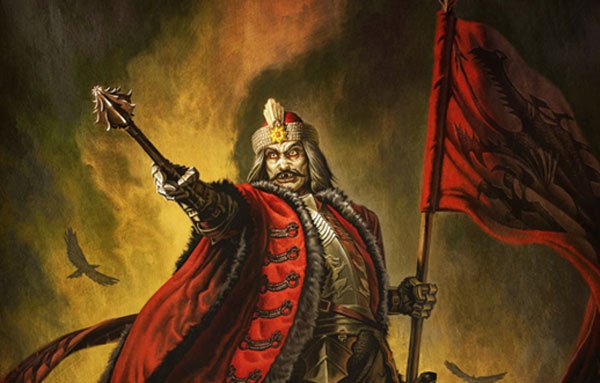
Son Of The Dragon
Vlad III, who history knows as Vlad the Impaler, was given the nickname Vlad Dracula, which means "son of Dracul" or "son of the dragon." The younger Vlad seemed to also enjoy the association with the dragon and the chivalric order, even signing many legal documents with the name "Vlad Dracula." For a time, the dragon connection was viewed as noble and honorable, but under the ruthless and sadistic Vlad the Impaler, it took on a darker association. His relationship with the Order of the Dragon naturally diminished the reputation of the chivalric order, and by 1453, its importance had greatly declined.
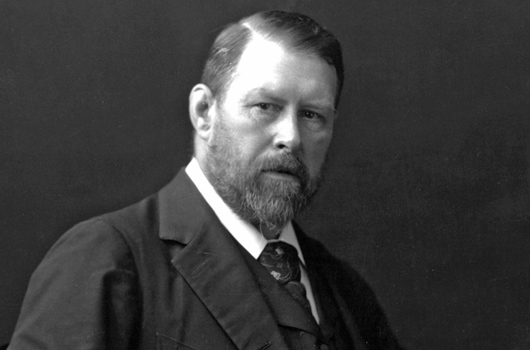
Enter Bram Stoker
In the 1890s, when Irish author Bram Stoker was searching for ideas for his next novel, he came upon an account of the ruthless reign of Vlad the Impaler. He was fascinated with the horror and violence of this real-life figure, especially one story that claimed Vlad liked to dip his bread into the blood of his victims before eating it. It was just the inspiration Stoker needed to create one of the most iconic characters in the horror genre, the vampire named Dracula. He interacts with shockingly few dragons.
No comments: